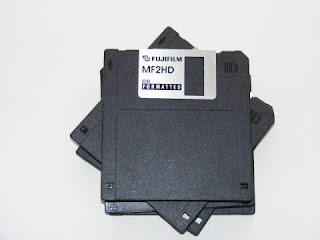 |
| List. Flickr user Ex-Smith. |
List acquisition happens when you rent a list of people and market to them. Those that respond to your marketing become members of your own house file. The ones who don’t respond can’t be marketed to past the terms of your list rental agreement, which may be for single or multi-use.
As a general rule, you can rent lists of people two ways –by demographics or affiliation. You can even combine the two. Here’s how it works:
- By Demographics – you can choose the age, income, net worth gender, location, interests, and a number of lifestyle and buying habits. Do you want homeowners or renters? Parents or non-parents? People with pets?
- By Affiliation – you can also choose from a wide range of memberships and magazine subscriptions. Do you want members of AARP? People who subscribe to Cat Fancy? Graduates of certain colleges? Members of teachers’ unions?
- Both – Work with a reputable list broker and they will be able to provide you with, for example, Cat Fancy subscribers between the age of 25 – 45 who live on the Eastern Seaboard and make more than $40,000 a year.
What’s the difference between mailing lists and email lists?
With mailing lists, for the most part, you’ll be able to bring the names into your database and use them for the rental period as you see fit, per the terms of your rental agreement. This gives you the opportunity to send a series of promotions. Anyone who responds remains on your list after the rental period is over, even if they don’t buy.
Email lists are, in general one-time or one-campaign use, and you don’t get to send the email from your desk – the list rental company or list owner does that – you provide the creative content. Again, anyone who responds and opts in joins your house file.
What about those coupon sites?
I have posted on this blog before about my wariness of coupon sites– after all, we all have to deeply discount our product and the customers get more and more loyal to the coupon brand – Groupon, LivingSocial, or whichever - rather than our own brand.
HOWEVER, it’s worth investigating how much this might cost –the contract with the coupon site, your discount, costs of doing business, AGAINST the costs of a traditional email list rental campaign. After all, the coupon sites’ customers are loyal to that site and thus likely to open the email with your deal. Those who sign up for the deal become your customers. Depending on your business and your offer, you may garner more customers this way.
Do the math, before you do anything else. If numbers aren’t your thing, it’s worth paying your accountant for an hour of her time to show you what’s what.
How are you building your list? Please share in the comments.
Related Posts
Secret Trade Secrets to Defining Your Audience
Group Discount Sites - My Two Cents
